What is Brujeria?
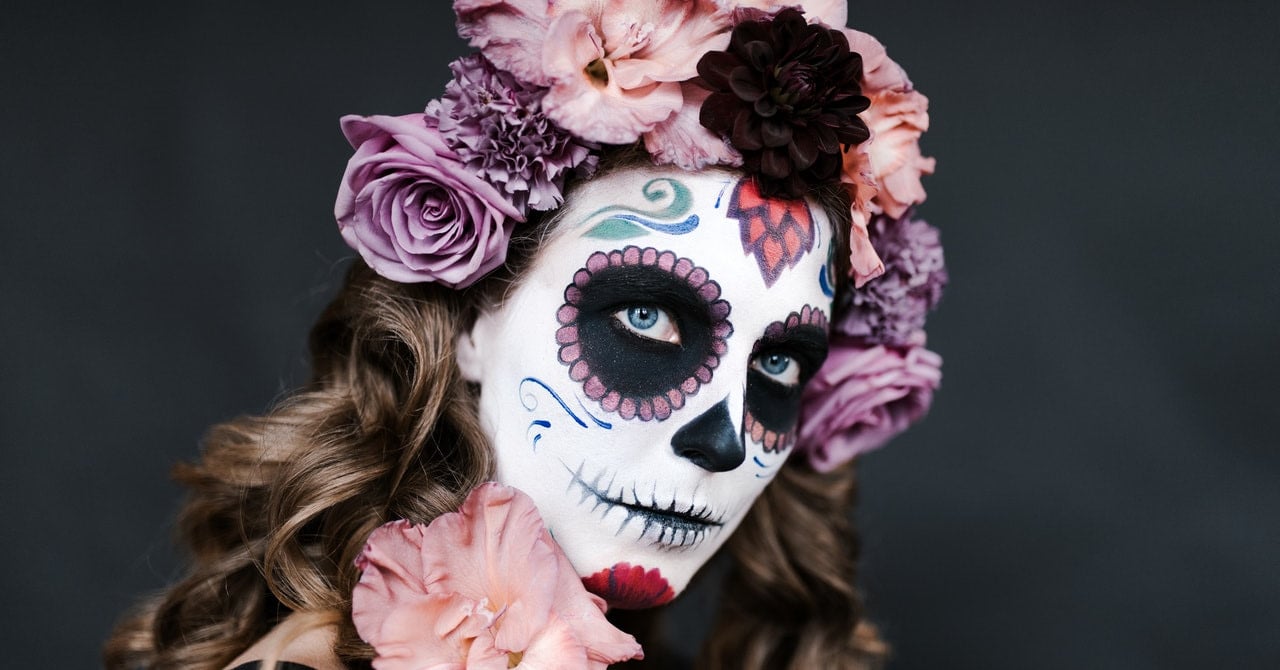
October 25th, 2021
Estimated Read Time: 10 Minutes
Since Wicca was first established, its Anglo-Saxon and Celtic influences have been evident. Even the festivals that make up the Wheel of the Year are distinctly Eurocentric. Still, many modern practitioners of witchcraft make it a point to work within magickal traditions that reflect their ancestry and upbringing. With that in mind, we wanted to focus on Latin magickal practices, otherwise known as brujería.
The word for this collection of beliefs simply means witchcraft in Spanish. Yet brujas and brujos — the female and male practitioners who follow this tradition — aren’t your typical European Spaniards. Rather, the Spanish terminology reflects the colonial history that overwhelmed the people who originally practiced this type of magick. As such, modern-day brujería is a mixture of indigenous beliefs, Spanish Catholicism, and even African influences.
Similarly to hoodoo, the power of brujería is tied to the ancestry of the practitioner. Additionally, while Celtic Wicca usually highlights natural harmony, brujería and hoodoo can be a source of healing as well as dark magick. In fact, the two often go hand in hand. With that in mind, let’s talk about the history of the practice.
A Brief History of Brujería in Latin America
Like many other magickal practices that formed as a result of the mixing of enslaved Africans and the Indigenous peoples of the Americas, brujería had a bad reputation. Until recent efforts to reclaim the practice, many people across the Southwest were still afraid of the mere mention of brujería.
To them, the practice was exemplified by the evil eye and hexing. And, to be fair, curses can be a useful tool for people who have endured centuries of discrimination and persecution. But to understand the sentiments behind that kind of magick, we have to look at its origin.
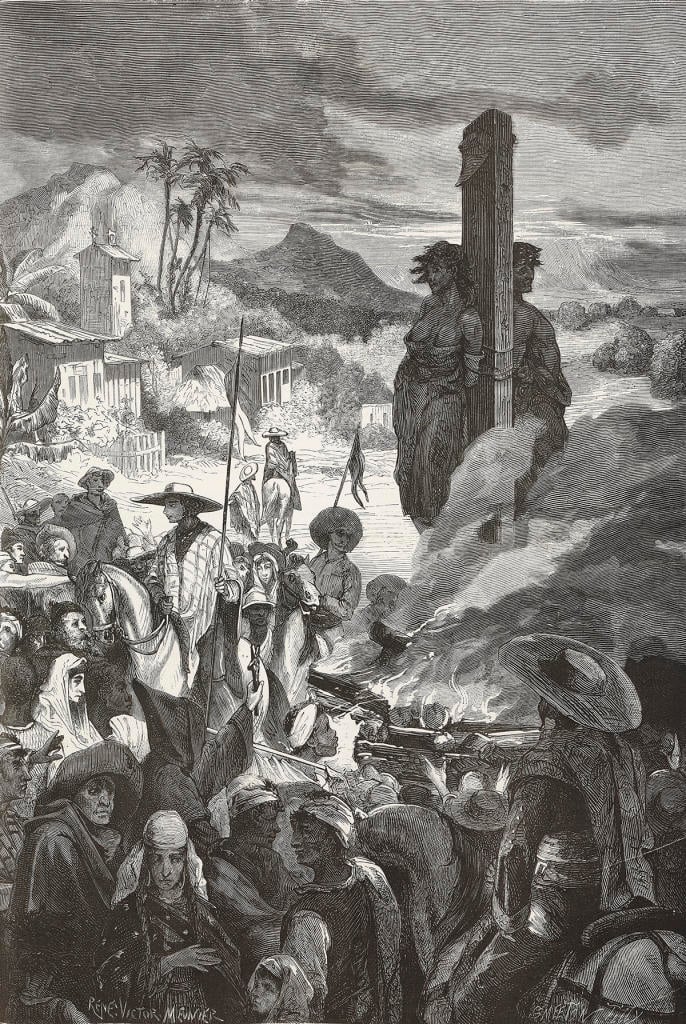
As you can imagine, the concept of witchcraft didn’t really exist in Latin America until the 1500s. Before the colonization of the Americas, indigenous peoples of the region infused many of their everyday tasks with magickal meaning. But then, most folk cultures around the world did that.
Unfortunately, the Spanish, French, and Portuguese settlers already had negative preconceptions about such practices. Remember, the Spanish Inquisition began only a few decades before the turn of the century. By the time colonizers reached South American shores, they were less than tolerant toward non-Christian beliefs, to say the least.
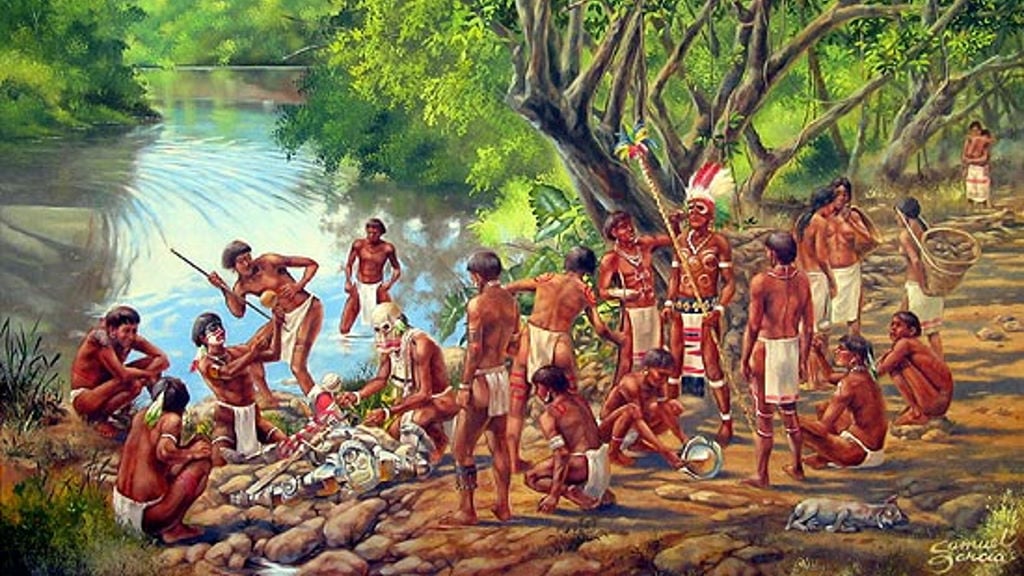
Meanwhile, the slave trade was steadily increasing the number of unconventional practices in the area. As the colonizers tried to suppress witchcraft, the affected parties — namely, the indigenous Taíno people of the Caribbean and the enslaved Africans — banded together. In the end, their beliefs and traditions mixed and took on the characteristics of the Catholic faith to remain hidden.
Is Santería the Same Thing as Brujería?
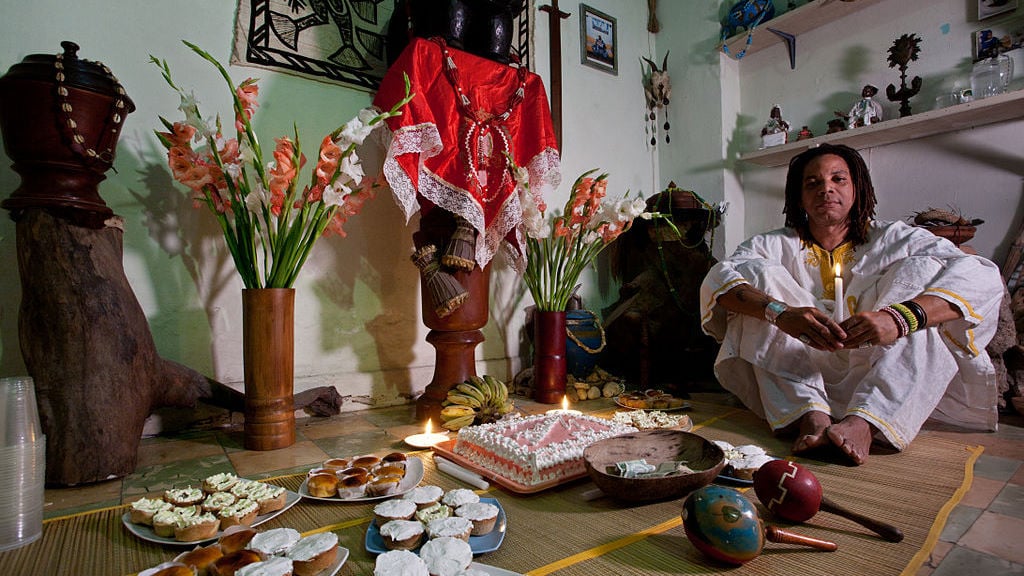
When discussing brujería, some people might notice that it sounds similar to another Afro-Indigenous religion — Santería. But is it the same thing? Well, you might say that Santería or Regla de Ocha exists within the brujería umbrella.
Like brujería in general, Santería is a mixture of Taíno and West African beliefs, enveloped in Christian imagery and symbolism. The religion is technically polytheistic, following a pantheon of orisha, human-like spirits or deities. The belief in this pantheon can distinguish Santería from other forms of brujería, as it is a unique import made by the enslaved Yoruba people.
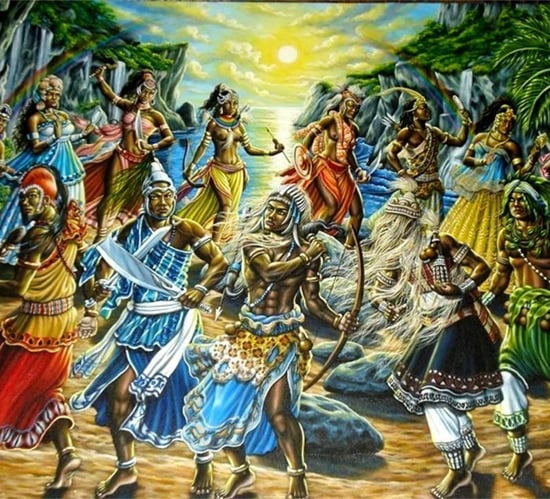
Over time, these spirits took on the characteristics of Catholic saints. Notably, though, some modern practitioners have made a point of unraveling those influences as a way of reclaiming their ancestral faith.
In addition to the main pantheon, practitioners of Santería also rely on the spirits of their ancestors for guidance. That’s a common feature of other kinds of brujería too. To gain the approval and protection of these spirits, practitioners leave offerings in front of their altars and conduct various rituals.
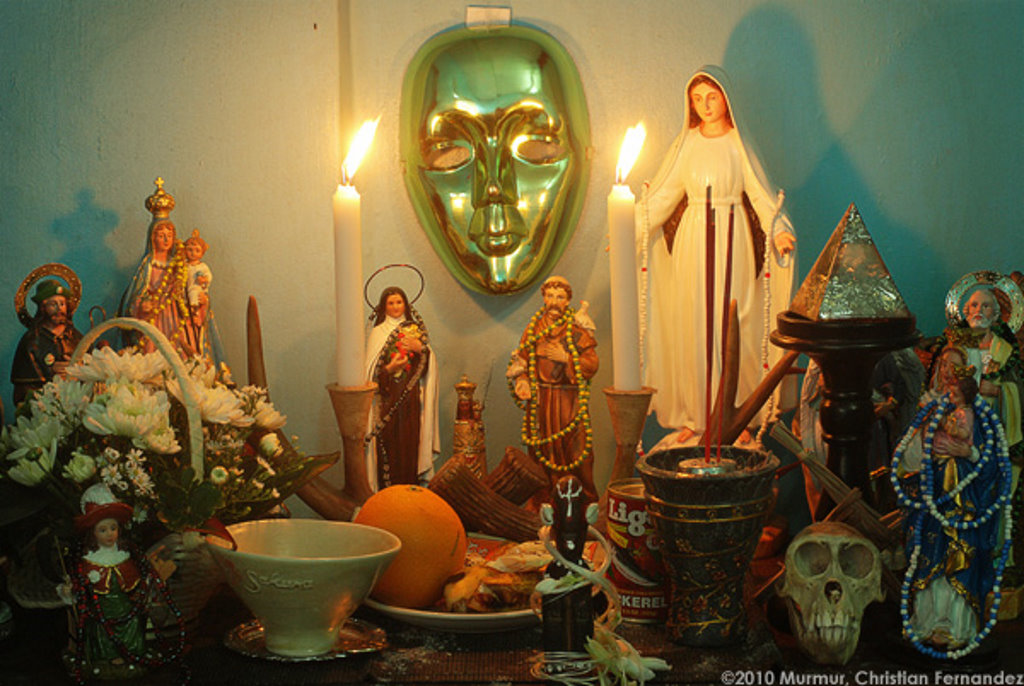
Unlike many other kinds of brujas, Santería practitioners often gather in places of worship. Their rituals often occur in designated rooms inside the private home of a respected member of the community. With that in mind, let’s talk about what this kind of magick might look like in practice.
Want to learn more about familiars, spells, dreams, tarot, crystals, herbs, and much more?
Become a student of Wicca Academy today!
Practicing Brujería in Modern Times
Historical practices of brujería have been shrouded in mystery due to Christian persecution. That’s also why most people consider this kind of magick pretty solitary, even though many brujas form covens too. Still, in the olden days, a solitary practice would have ensured the safety of practitioners.
Even now, you’d have to have a family history of brujería or at least a mentor to get into the details of various rituals. Alternatively, you’d have to rely on your knowledge of the symbolism of basic ingredients and actions to perform them intuitively.
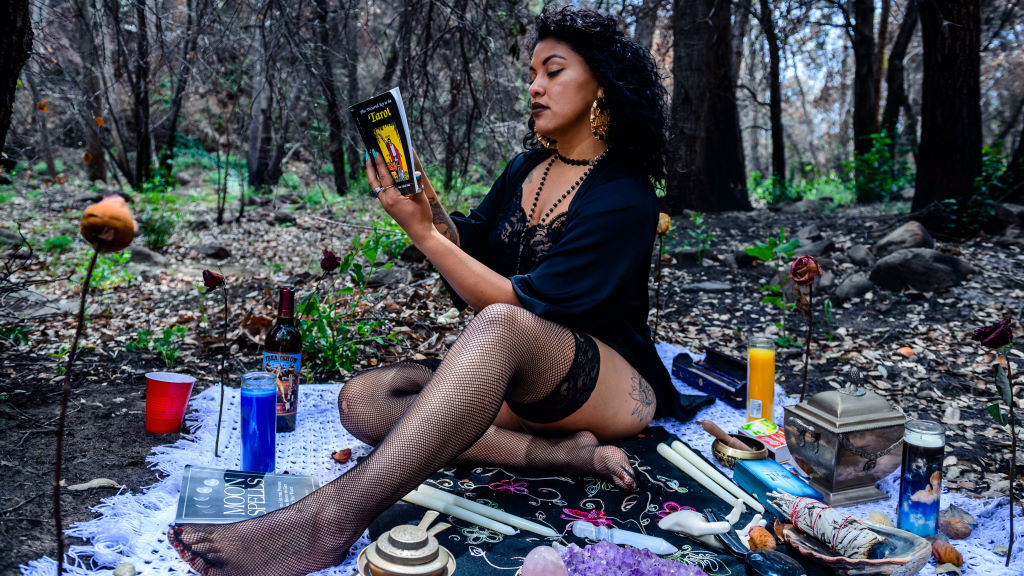
Lastly, another thing to note before we dive into the traditional symbols of brujería is the non-dualistic nature of the faith. Unlike other forms of witchcraft and even mainstream religions like Christianity, brujería doesn’t see the world in terms of good and evil. Instead, the value of actions only exists in relation to others.
If someone curses or harms you or your family, this doctrine allows and encourages reciprocation. That’s how practitioners rationalize the use of so-called black magick or hexes. So despite the influence of Christianity, brujas and brujos certainly don’t know how to “turn the other cheek.” Now, with all that in mind, let’s discuss some of the other key components of brujería.
Ancestral Worship
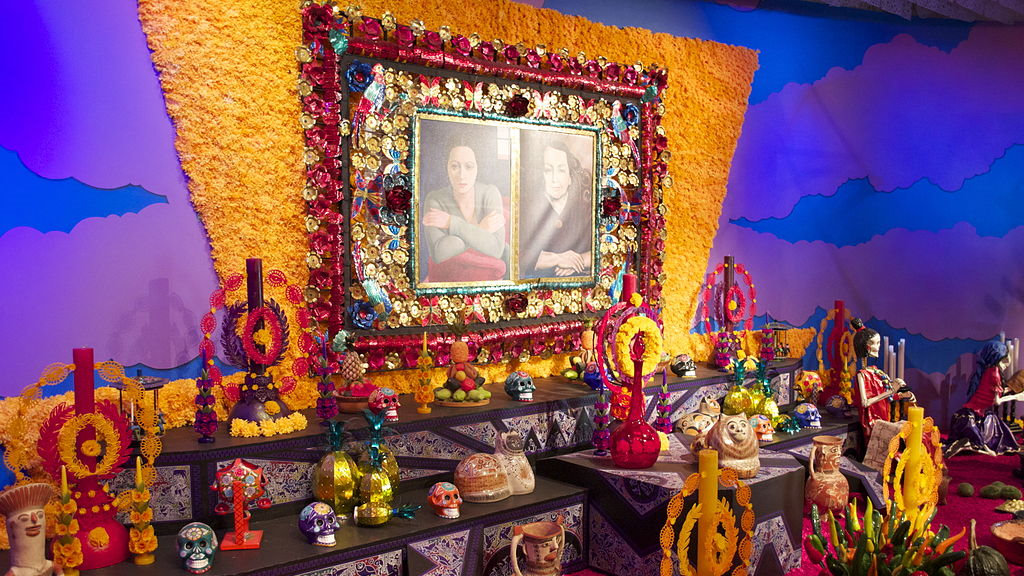
As we have previously mentioned, ancestor veneration is a crucial part of all types of brujería. In fact, it has even deeper roots in both Latin American indigenous cultures and the traditions of the African people who were forcibly brought to the continent.
Today, the custom lives on in holidays like the Mexican Día de Los Muertos. The festival happens to take place on the All Saints’ or All Souls’ Day from the Christian calendar. But we already know that Christian missionaries used that tactic to engulf other cultures. It happened to Celtic celebrations of Samhain, which took place during the same time.
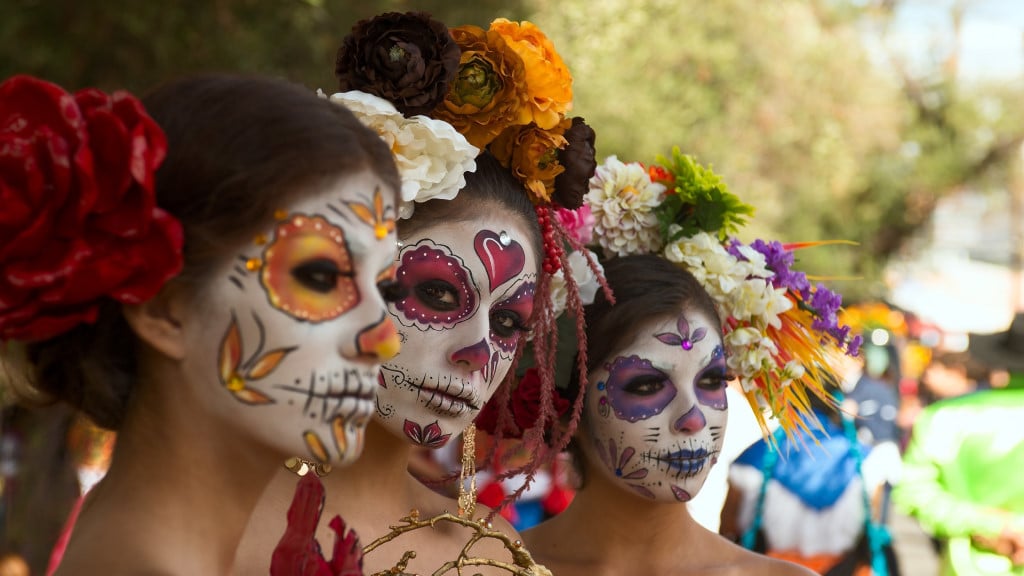
During late October and early November, the veil between this world and the next is thin. That makes it perfect for communicating with the spirits of one’s ancestors — in both Wicca and brujería.
Typically, a bruja would nurture a very respectful relationship with her spirit guides. They usually reveal their lessons in theatrical ways, so brujería practitioners have to be open to receiving such communication. To thank the ancestors, they might maintain a shrine in their household — and, of course, visit their final resting place with offerings.
Nuestra Señora de la Santa Muerte
While we’re on the subject of cemeteries, we ought to mention a deity many brujas call upon during their work. Santa Muerte, also known as Niña Negra or the Black Lady, is the personification of death. She’s in charge of delivering the souls of the dead to the afterlife. On top of that, worshippers also associate her with healing and protection, particularly of marginalized groups.
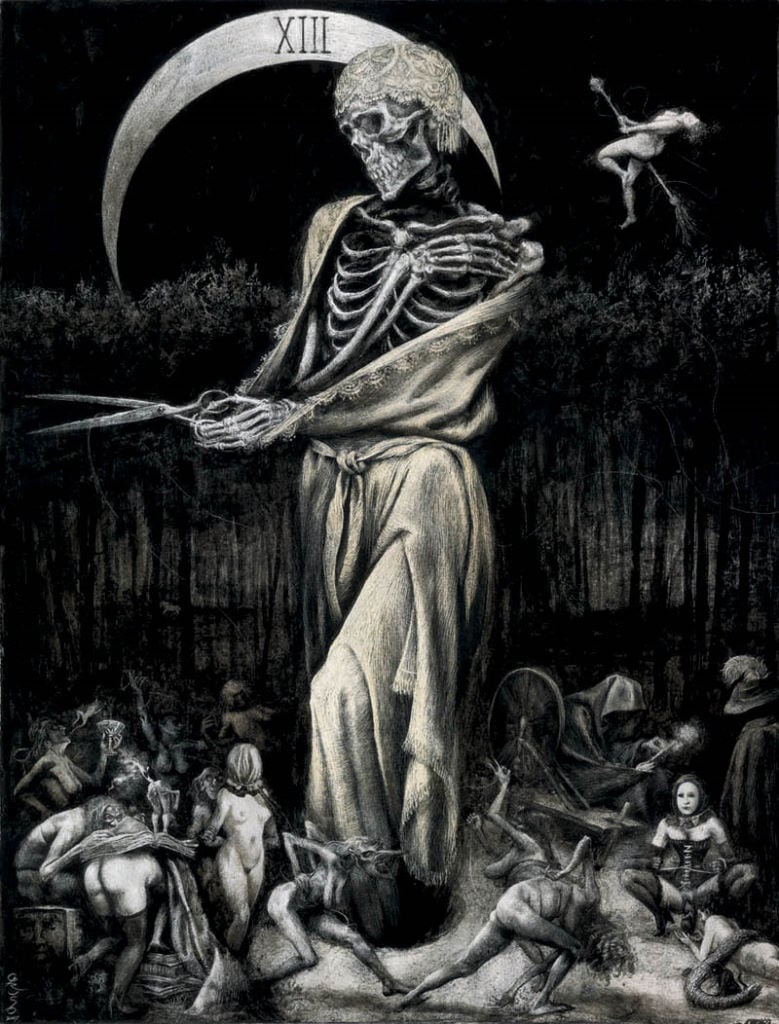
Santa Muerte is often depicted as a robe-clad skeleton, often carrying a scythe. To invoke her during a ritual to banish her enemies, a bruja might:
- Take dirt from a fresh grave into an empty coffee can (using gloves), leaving behind nine coins for Niña Negra
- Put four scraps of paper with the name of the bruja’s enemy written on them into the can of dirt, along with some black mustard seed and vinegar
- Chant “Niña Negra, I offer you the spirit and soul of (then state the name of the enemy)” while closing the can
- Write the name of the enemy and the grievance she had with them on another scrap of paper
- Wrap that paper around the scythe of a Niña Negra statue
- Offer the statue three red flowers, a cigar, and/or a can of beer while lighting Santisima Muerte candles
While lighting the candles, a bruja might also say a spoken prayer such as:
“Niña Negra, I offer you the soul of my enemy to do with as you will. Hold their tongue, cover their mouth, bind their arms — so they may leave me, my home, and my family alone. I offer these gifts from my heart as I place myself under your protection.”
Be very careful when doing a ritual such as this. As Wiccans, we believe in the rule of three. Any harm you wish on another will come back to you threefold.
Pantheon of Deities
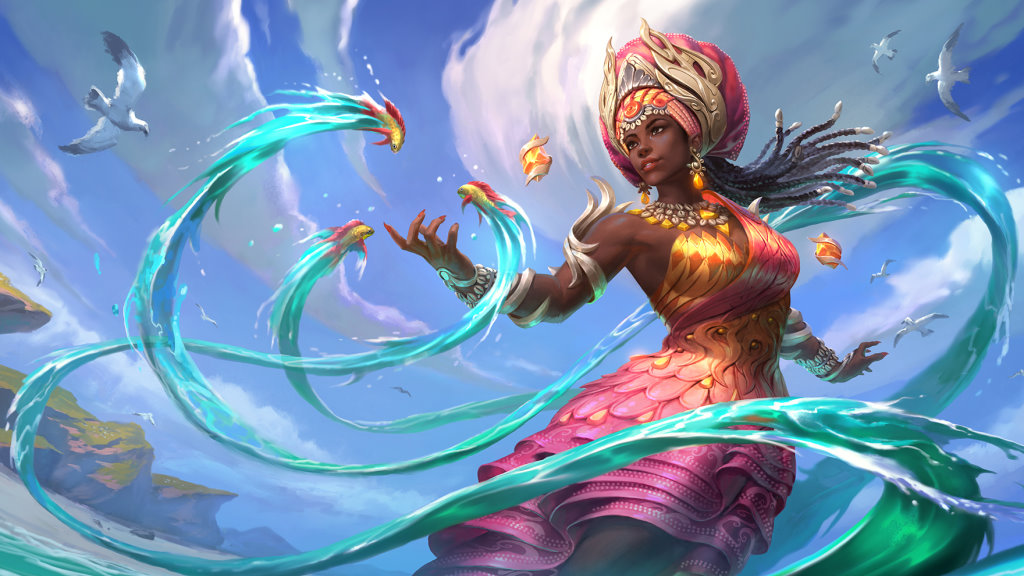
In addition to Santa Muerte, many brujas and brujos also rely on other deities. Those who practice the highly Christianized version of the craft might call upon the Lord and even Satan to protect them. However, many offshoots of the tradition, including Santería, work with other pantheons.
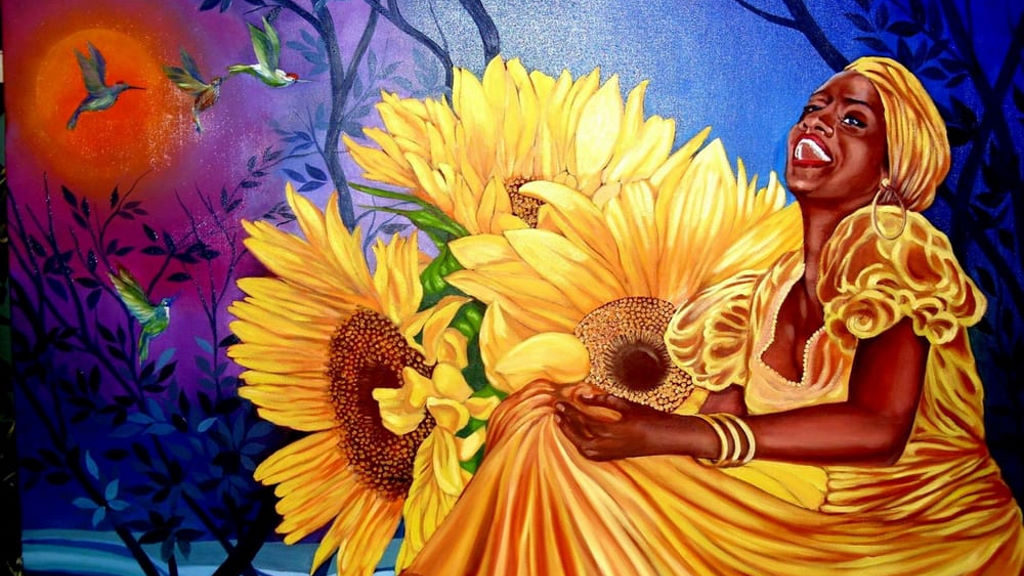
In Santería, brujas worship the orisha, spirits that play a crucial part in the Yoruba religion. For example, Yemọja is one of the most popular orishas in Cuba and the mother of all other orishas. As a water spirit, she is usually depicted as a mermaid. She’s also associated with the moon and women in general — which also makes her pretty popular among brujas.
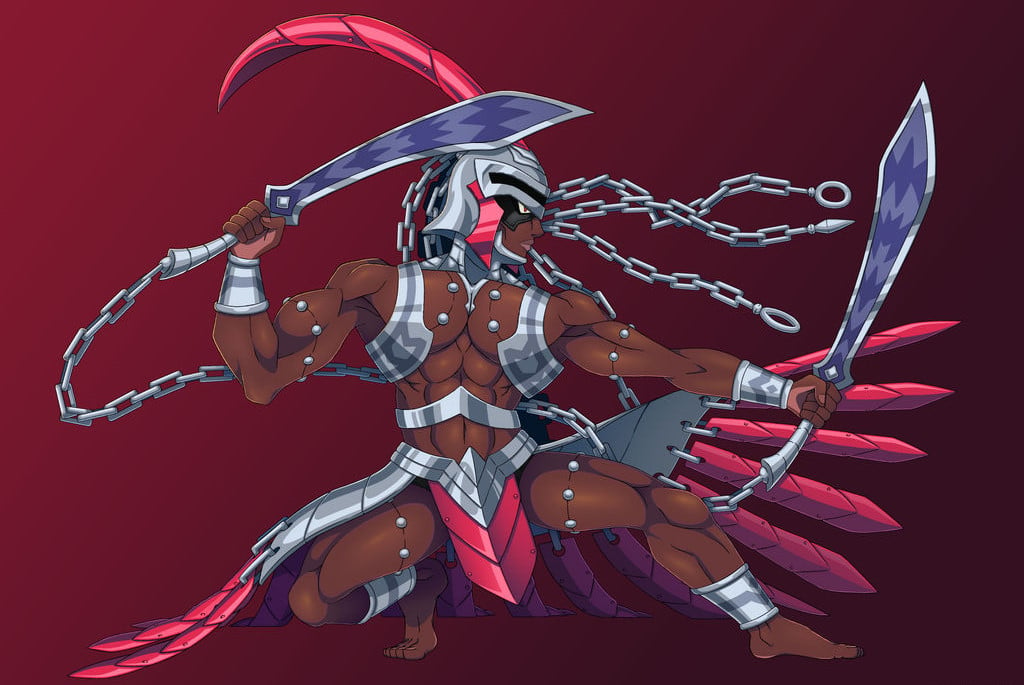
Other popular deities include Ọṣun or Oshun, the spirit of sensuality and love, and Ogun, the patron of warriors and metal workers. But of course, there are many others in the pantheon. Moreover, individual practitioners may choose different Mesoamerican or African deities to worship. Ultimately, it will depend on the cultural and ethnic identity of the bruja or brujo in question.
Altars or Shrines
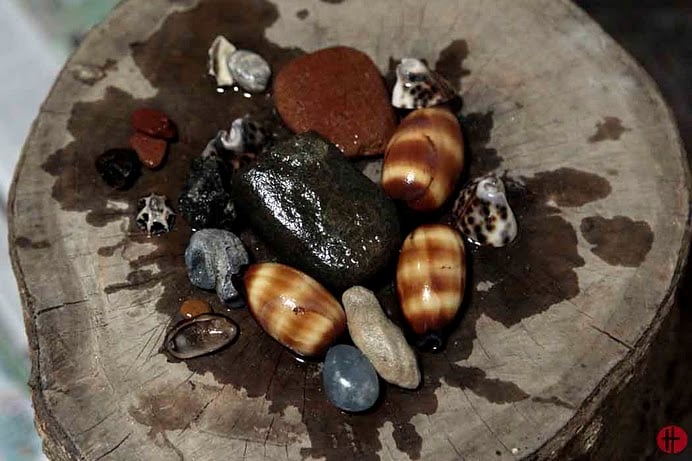
Believe it or not, working with the orishas doesn’t require brujas to place a statue of their patron deities on their altar. Instead, they can have otanes — stones that symbolically represent the orisha and that contain the supernatural force brujas work with.
Practitioners collect these stones from nature. Ocean stones usually represent Yemọja; river pebbles contain the essence of Ọṣun, and so on. Once a bruja gets her hands on various stones, she would use divination to determine which ones contain the divine spirit.
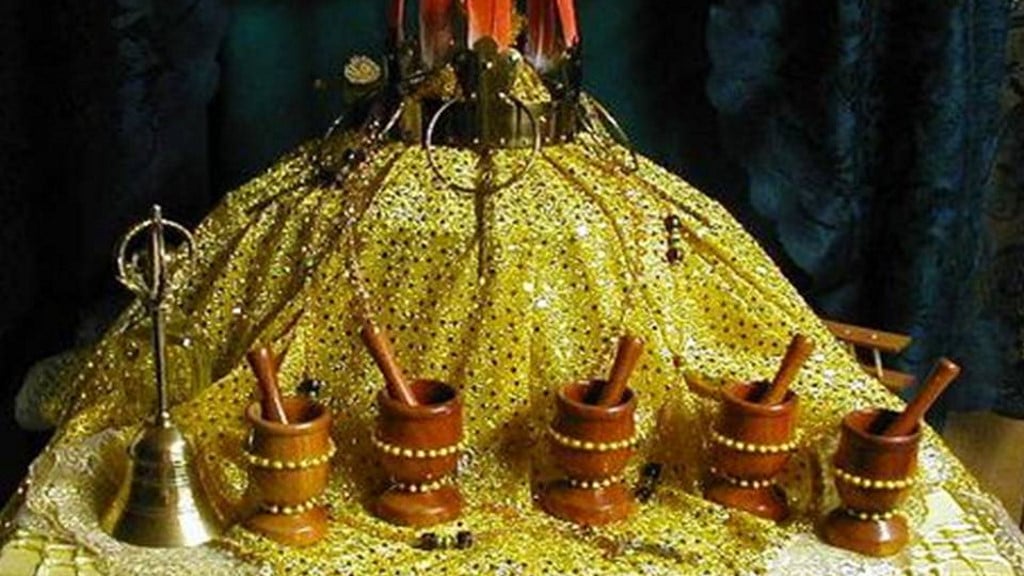
To honor a specific deity, a bruja would have to know which offerings they would appreciate. Then, they would leave them in front of the symbolic representation of the deity they have at their shrine. Aside from those things, a bruja’s shrine also contains sopera, porcelain vessels that hold important magickal objects. Lastly, the household shrine may also feature candles and even Christian imagery.
Clairvoyance and Mediation
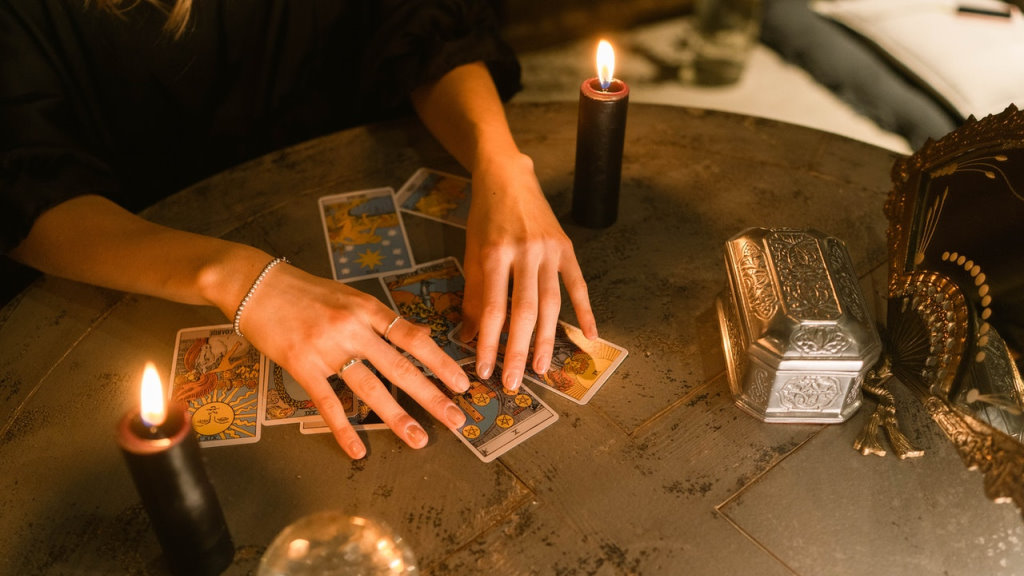
Before being a bruja became a crime, many people went to these women in hopes of getting some clarity. But how could these individuals deliver wisdom that’s beyond their age and experience? In a word, it was because of divination.
Over the centuries, many brujas have claimed to have the second sight, whether it’s expressed through visions or dreams. Nowadays, many find that their heightened intuition makes them better at reading tarot cards. Alternatively, they might choose to practice other forms of divination.
Healing and Herbs
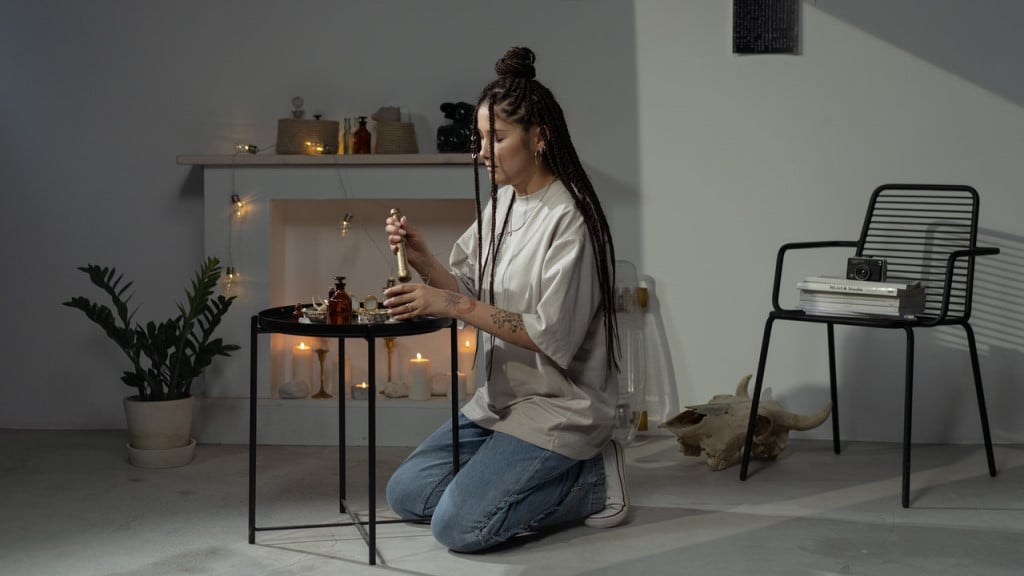
As we have mentioned, healing has always been a huge part of brujería. Some brujas are also yerbateras — herb healers — known for their ability to identify and use plants for healing purposes. Other brujas offer healing in different ways, including through:
- Glamor magick, which consists of making masks and scrubs that are then infused with magical significance
- Smoke cleansing with cigars to expel negative energy or hostile spirits from your home
- Doula work, often by using Mesoamerican womb care techniques
Many of those magickal practices utilize chocolate in one way or another. Historically, Mesoamerican women prepared chocolate drinks to promote healing. But they can also serve other purposes. Some brujas were even persecuted for using chocolate to cast love spells.
What Can Wiccans Learn from Brujería?
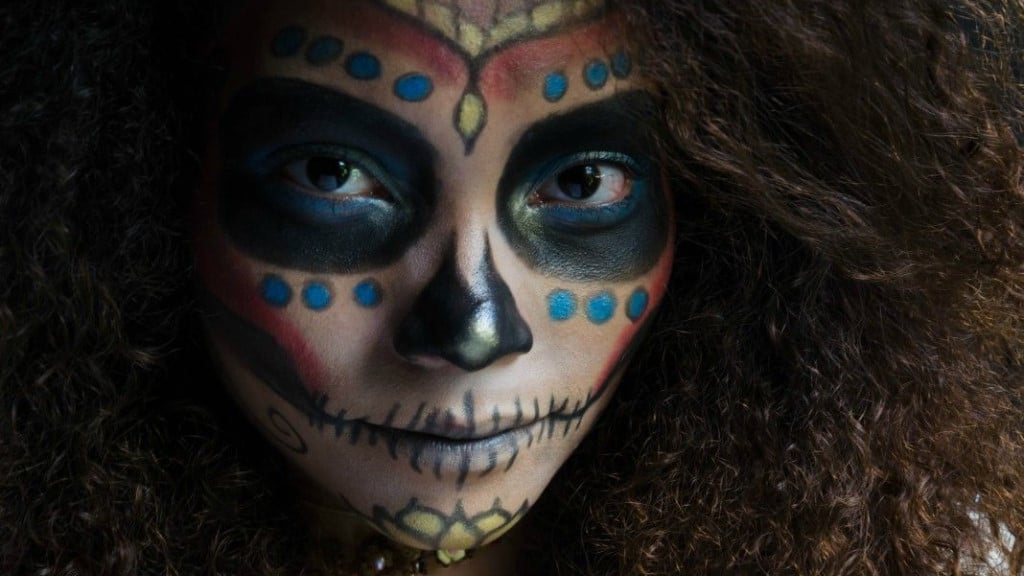
Ultimately, magick and spirituality can be the great unifier between Wiccan witches and brujas. Nowadays, most practitioners of brujería are pretty open-minded about bringing new people into the fold. As long as we approach with open minds and hearts, we’ll find plenty of similarities between Celtic Wicca and Latin American brujería.
And hey, if you found yourself feeling attracted to the customs we have discussed here — you may have a bruja ancestor! After all, when the spirits of the ancestors call — we must answer.
Check out our other articles:
Sigils for Newcomers
Jar Spells Made Simple
Get to Know Your Familiar
Kitchen Magick for Beginners
Moon Phases and Simple Rituals
See All Articles
Love this article? Share the magick with your friends and loved ones!